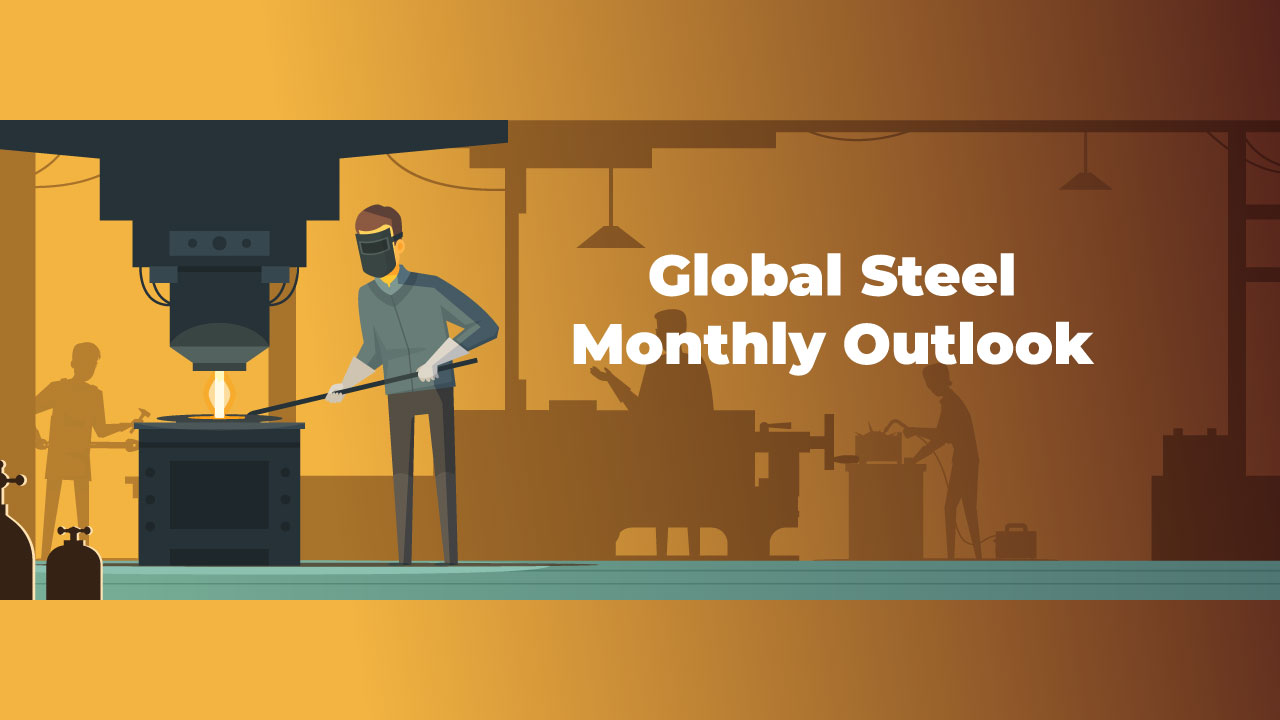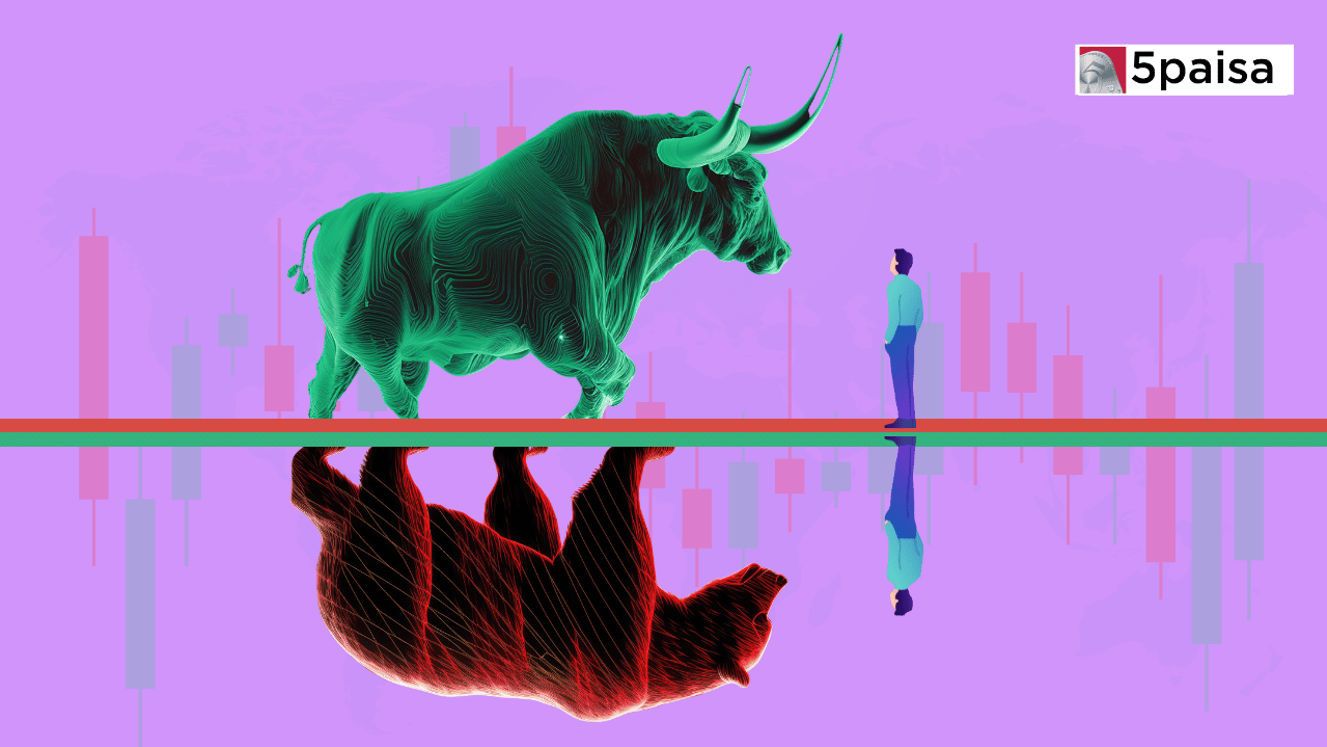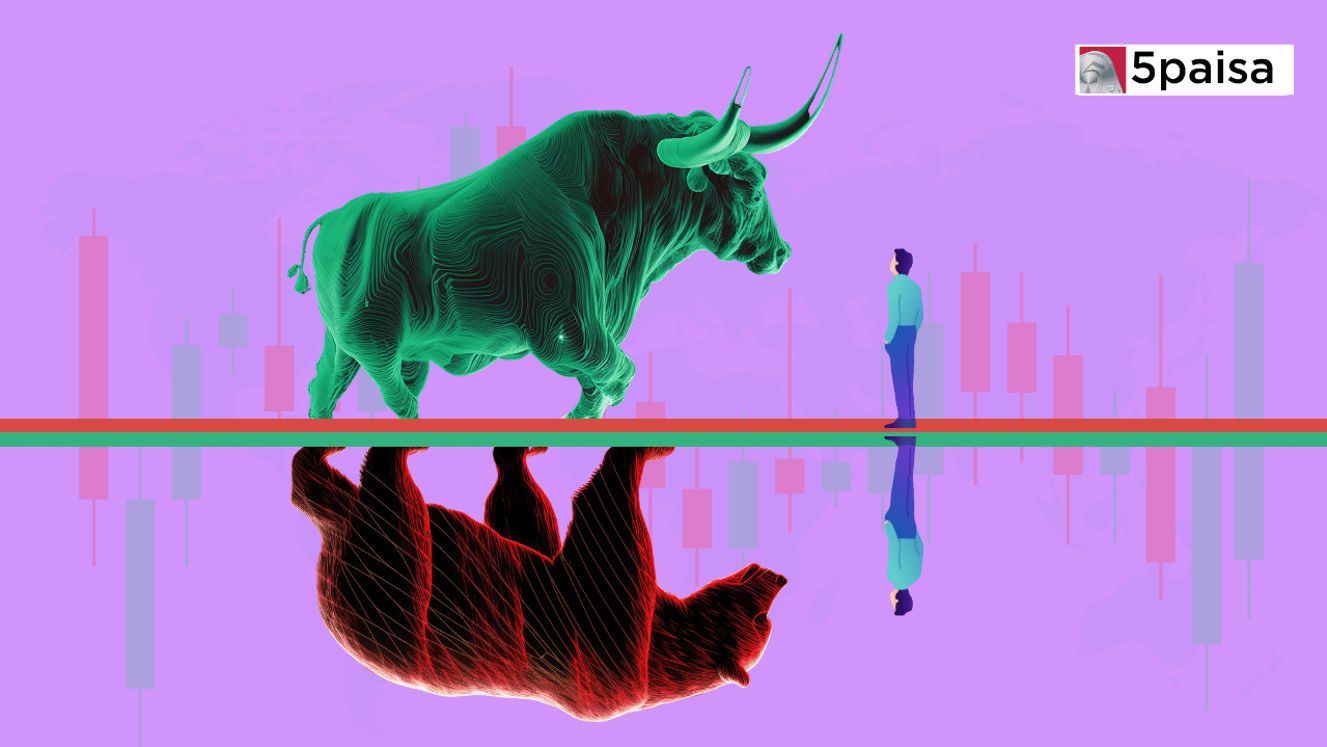Market Outlook for 06th December 2024
Global Steel Monthly Outlook

Last Updated: 13th March 2023 - 03:09 pm
Steel prices rose to an all-time high last year on solid demand, higher raw material costs, tight supply, and low steel supply-chain inventories worldwide. U.S. steel prices skyrocketed in 2021 due to demand-supply imbalance. The benchmark hot-rolled coil (“HRC”) prices rose above the $1,900 per short ton level in August 2021 on supply-chain issues and robust demand. HRC prices hit a record high of $1,960 per short ton in late September.
Strong pent-up demand for steel fueled a rally in steel prices in 2021. However, the demand growth has slowed in the U.S. and globally. Demand stabilization contributed to shorter lead times, thereby putting pressure on prices.
HRC prices dropped since October after peaking in September 2021. Steel production rose as more capacity was brought online, partly driven by the completion of scheduled maintenances by steel mills in the final quarter of 2021. Higher steel imports exerted downward pressure on U.S. steel prices. The strong price arbitrage triggered more steel shipments to U.S. shores despite the hefty tariffs.
Global steel prices are moving up since Russia attacked Ukraine on supply concerns. Steel prices have witnessed a rally in Europe as the war threatened supplies from the two important producing nations Russia and Ukraine. HRC prices have rebounded in the recent weeks to above $1,400 per short ton after slumping to nearly $1,000 per short ton at the beginning of this month.
The ongoing conflict has also led to a spike in steel input costs due to the disruptions in the supply chains. Some of the U.S. steelmakers are taking price hike actions amid rising raw material costs, which are contributing to the uptick in HRC prices. More price increases are expected as steel producers scramble to tackle the rising input costs. Steel prices are, thus, expected to further tick higher in the coming weeks and months due to the strained supply situation.
Crude steel production reached 143mt, up 0.8% MoM (days adj) but down by 5.7% YoY. Ex-China production volumes were unchanged YoY, while China’s crude steel production dropped 10% YoY. Still, the number is c15% above the lows recorded in November. China was unable to beat the prior year’s strong production number, as the Winter Olympics and power shortages limited the output. The strongest YoY growth is observed in the Middle East by 3% and North America by 2%, while South America down by 7%, Asia down by 7%, and CIS down by 6% recorded the biggest decrease. For March, volumes in ex-China regions are expected to moderate due to the impact of the Russia-Ukraine conflict, which should not only impact Russia/CIS negatively but Europe, too (via high energy prices, value chain disruptions). China is likely to see a recovery in steel volumes MoM with production restrictions lifted post the Winter Olympics.
With little change in the month-on-month production in February, global steel utilization rates stayed at 73%. March, historically would have seen a sequential improvement in utilization rates due to seasonality in global steel production but this year we believe the improving volumes in Asia, South, and North America might be offset by lower volumes in Europe and CIS due to the conflict.
The Russia-Ukraine conflict will not only put a risk to the almost 40m t/y the Russia/CIS region net exports to other parts in the world (particularly Europe, North America, and the Middle East) in the short-term but is likely to have a longer-lasting impact. Azovstal, and Ilyich Steel both based in Mariupol (Ukraine), and part of Metinvest (crude steel capacity: c10-12m t/y) got ‘badly damaged’ (Rts). Due to the conflict, the EU banned Russian steel imports (Mar 16, 2022). In 2021, the EU imported >6m t of steel from Russia and Ukraine, according to Eurofer. Those volumes need to be replaced, likely by domestic production but the conflict impacted value chains (auto, energy, etc.), too with a currently unquantifiable impact.
- Flat ₹20 Brokerage
- Next-gen Trading
- Advance Charting
- Actionable Ideas
Trending on 5paisa
Market Outlook Related Articles
Disclaimer: Investment in securities market are subject to market risks, read all the related documents carefully before investing. For detailed disclaimer please Click here.
 5paisa Research Team
5paisa Research Team
 Sachin Gupta
Sachin Gupta




